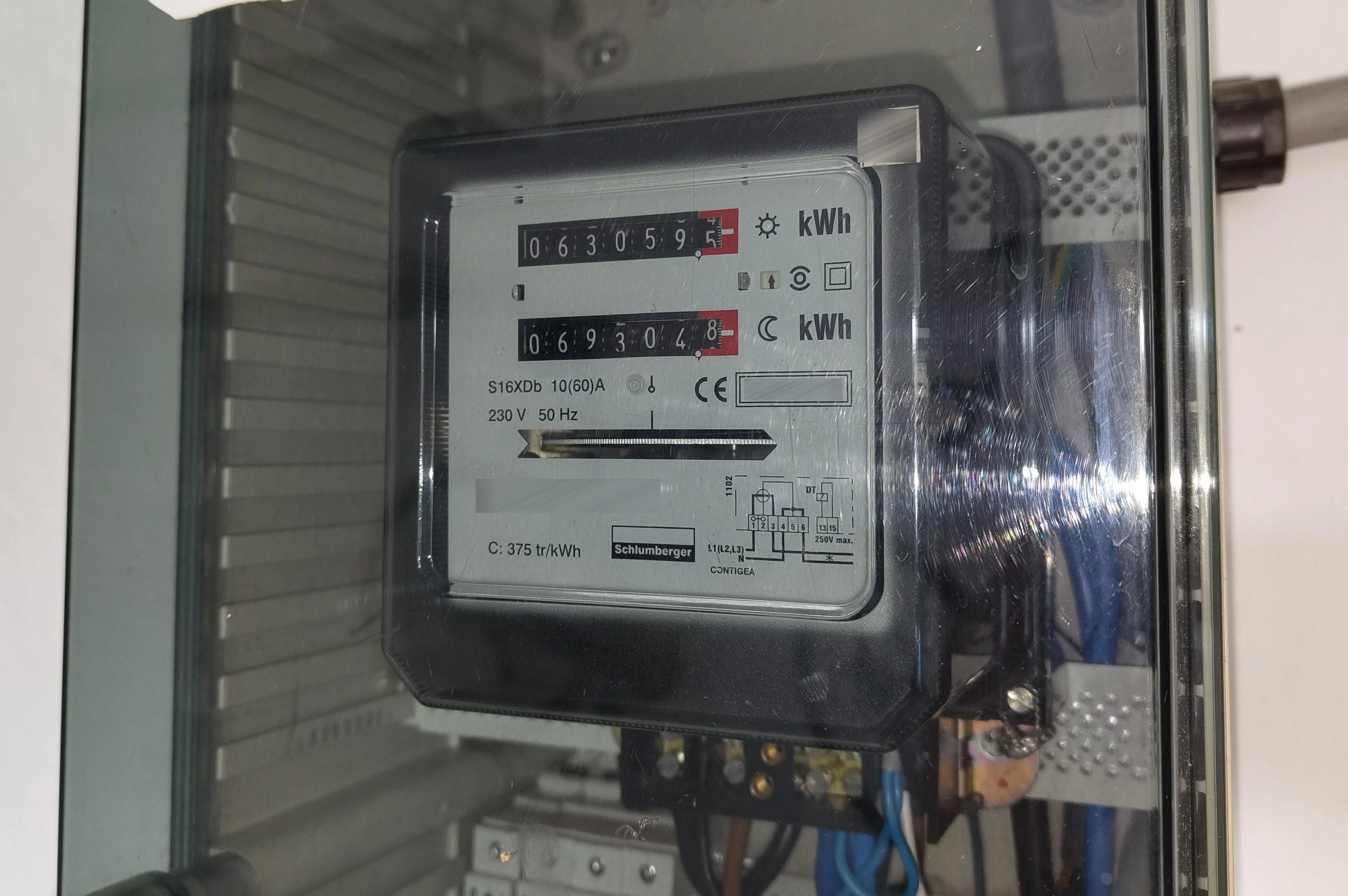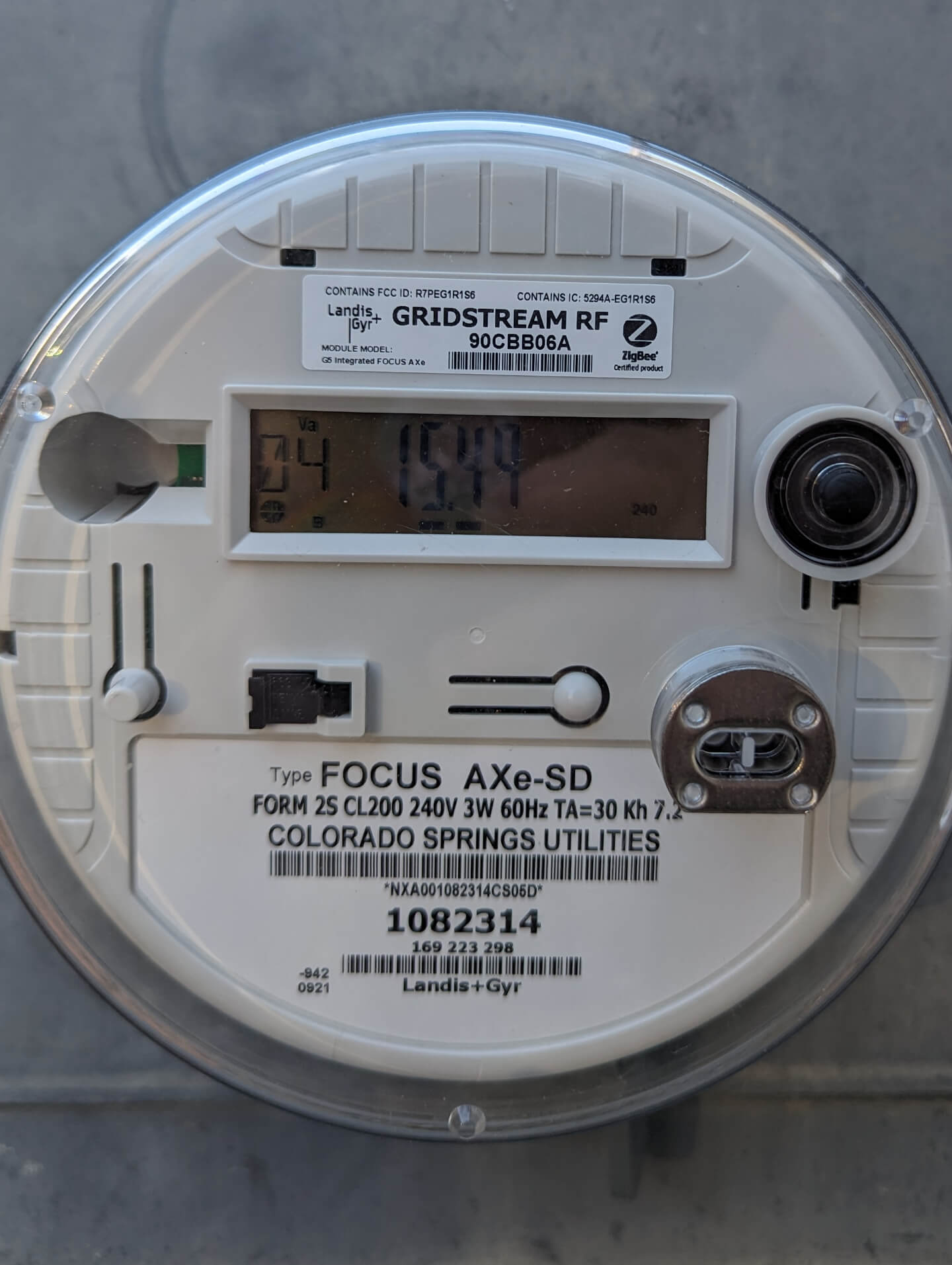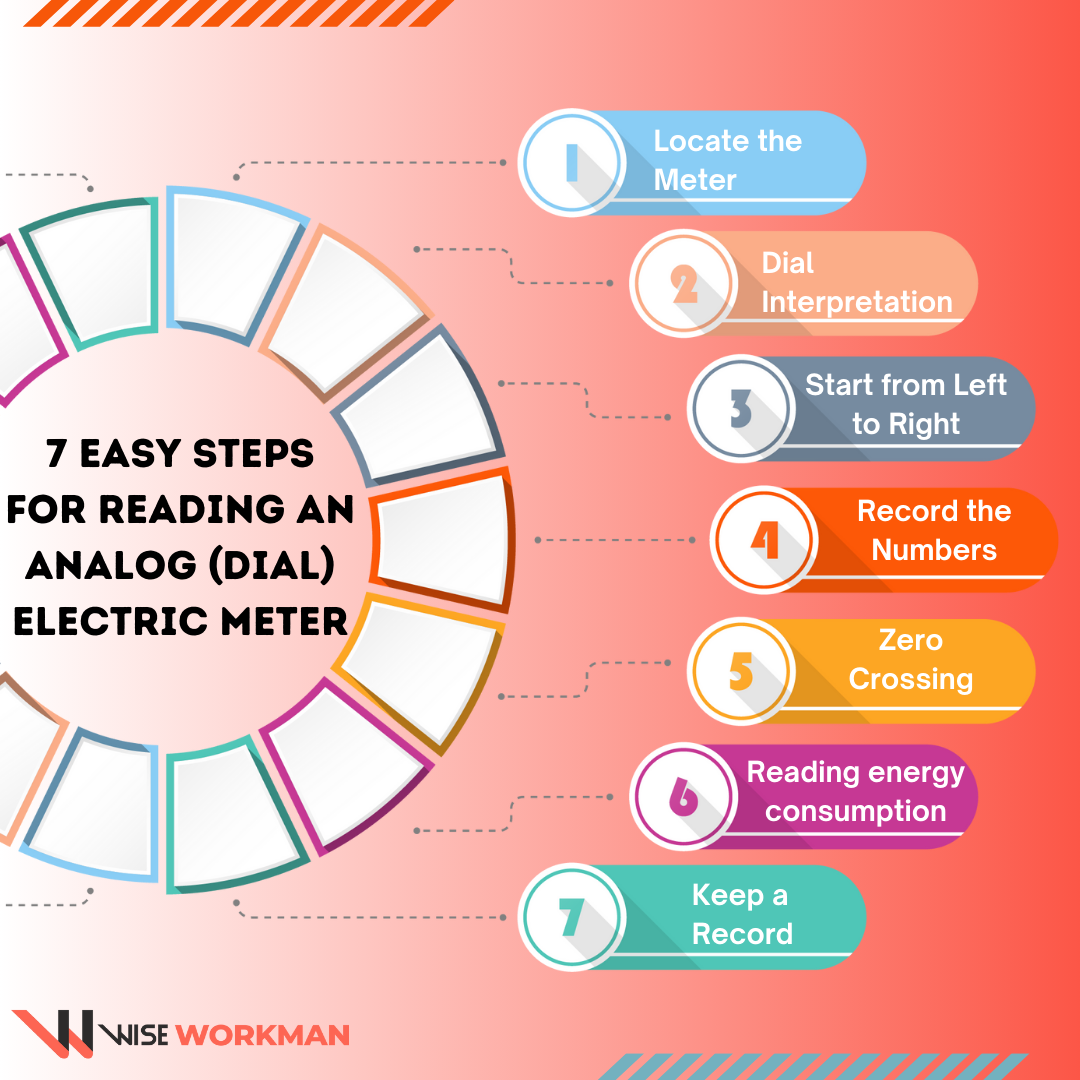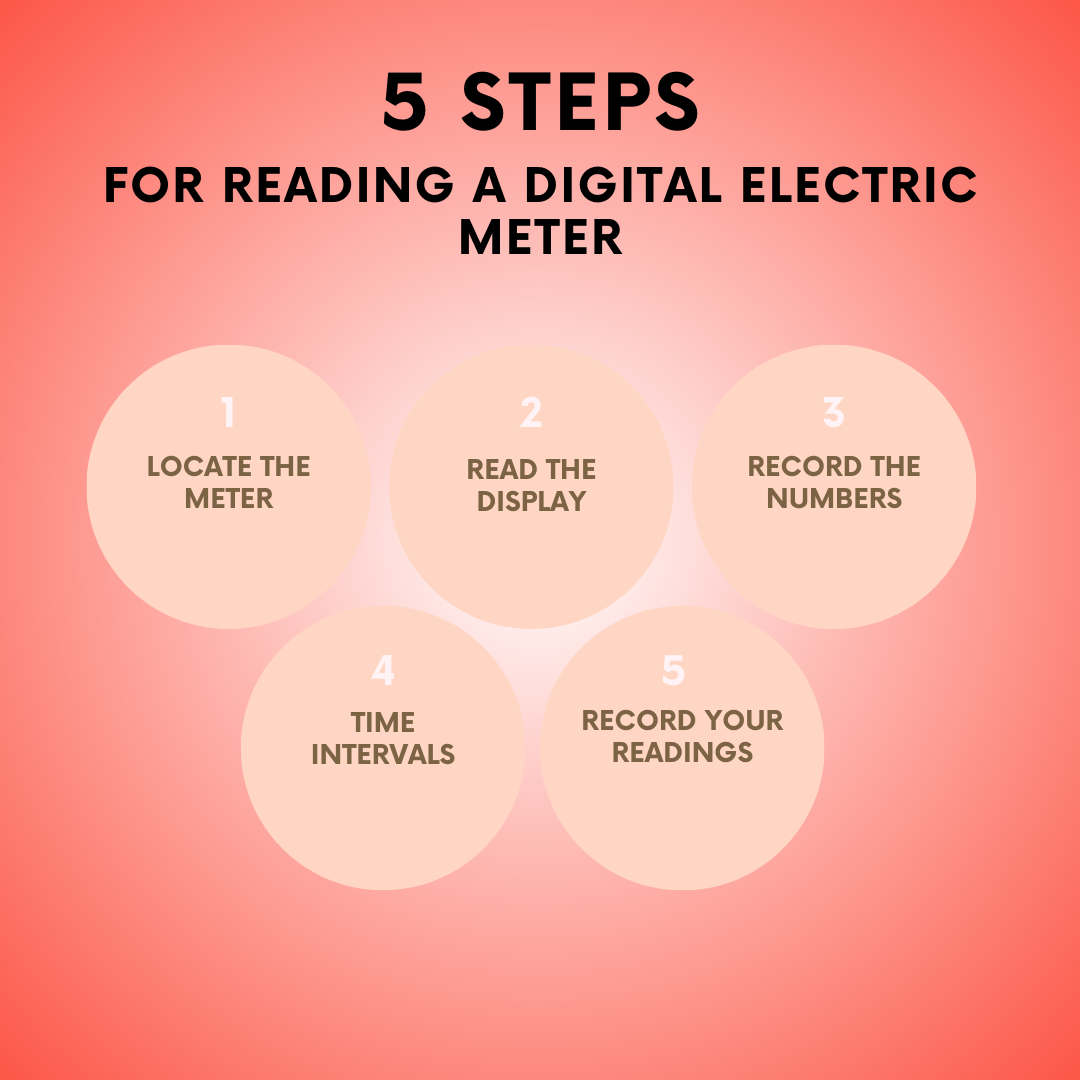Electric meters may appear to be plain objects, but reading them is a fundamental skill that may significantly impact energy management and utility bills. By interpreting the data from these seemingly common meters, you may gain control over your energy use and the costs that go along with it.
These meters are your window into the world of electricity use.
One cannot overestimate the significance of knowing how to read your electric meter. Electric meters offer accurate and current information on the quantity of power used in your home. With this knowledge, you may use energy more wisely, which will result in lower energy costs and a more environmentally friendly lifestyle.
You can follow your trends of energy usage, find inefficiencies, and spot-saving possibilities by becoming an expert at meter reading. With this information, you may make energy-saving decisions like switching to more efficient equipment and using smart home technology.
As a consequence, you not only lessen your impact on the environment but also save money.
We will go over how to read your electric meter in this article, giving you the skills and information you need to manage energy more effectively and economically.
Electric meters are essential for measuring electricity consumption, and two common meter varieties are analog (dial) meters and digital meters. In this section, we will be exploring different types of electric meters and highlight the critical differences between them.



Analog meter reading may seem daunting, but it's straightforward when broken down into steps. Here's a step-by-step guide to reading analog electric meters:
Find the analog electric meter, normally located outside your house or in a utility room.
Pay attention to how the dials are arranged. You'll see several circular dials with hands and numbers on them.
Starting with the leftmost dial, turn the dial to the right starting from left to right. The dials show the 10,000, 1,000, 100, 10, and 1 orders of magnitude.
Pay close attention to which way each dial rotates. The number you entered on the dial to its right should be subtracted by one if the hand of a dial has recently crossed zero from 9.
Add up all of the numbers to get an idea of how much energy you use. Kilowatt-hours (kWh) units are used by most meters. To calculate your consumption over a given period, deduct the prior reading from the current one.
It's a good idea to frequently record your readings for monitoring or dispute resolution purposes.
Reading an analog electric meter becomes more straightforward with practice. This information is vital for understanding your energy usage and managing your electricity bills accurately.

Reading digital electric meters is a straightforward process, making it easier to monitor as well as understand energy usage. Here's a comprehensive guide to reading digital electric meters:
The digital electric meter is often indoors next to your electricity panel.
Your energy use is shown on the kWh digital meter. The amount shown is the overall amount of power used.
Take note of the numbers shown on the screen. They are often set up as a string of digits without decimal points. Numbers are read from left to right.
You may flip between displays to observe consumption information over various periods (e.g., daily, monthly) if your meter includes numerous screens or buttons.
You can efficiently control your power expenses and monitor your energy use by keeping frequent records of your measurements.
Since digital electric meters give precise and simple-to-understand data, understanding them is a snap. You can keep track of your power usage and find strategies to consume less energy and save money by occasionally keeping track of these data and using digital meter interpretation.
It is simple to comprehend and control your energy usage thanks to digital electric meters' accurate and convenient power consumption monitoring.
These meters offer clear numerical data, which is often shown in kilowatt-hours (kWh), making it simple to estimate your power use and deploy efficient energy management.
You can easily measure your changes in power use over time by consistently keeping track of the figures shown on the digital meter. This not only enables you to cut usage and reduce energy costs but also helps you keep informed about your energy consumption.
An essential tool in your effort to save energy and cut your utility costs is understanding your digital electric meter and using meter data. You may examine daily, monthly, or even hourly consumption patterns by switching between various time intervals on the meter's display.
With this knowledge, you are better equipped to spot peak consumption times and decide on energy-saving techniques and house improvements.
Using meter readings for smart energy management makes it easier to control your energy usage. They give you a clear and accurate view of your energy consumption, allowing you to manage your electricity costs and implement measures for a more energy- and money-efficient family.
For optimal energy management and to keep your energy use under control put regular meter checks in place. Here are some insights and advantages of viewing your electric meter regularly, regardless of the frequency that is advised:
In summary, depending on your unique demands and the type of meter you have, a certain frequency for checking your electric meter is advised.
Regardless of the period selected, routine readings offer insightful information about your energy usage, empowering you to make wise decisions, minimize your electricity costs, and lessen your environmental impact.
Understanding and mastering how to read your electric meter is the cornerstone of effective energy management.
Data Accuracy: Accurate consumption information is provided by electric meters, allowing you to precisely track your energy consumption.
Monitoring regularly: Reliable data show usage trends, allowing you to identify areas for increased energy efficiency.
Cost-effectiveness: Armed with information, you may implement energy-saving techniques, which can lower your electricity costs and enable you to save money.
Environmental responsibility: Efficient energy management reduces carbon emissions, which helps to create a more sustainable environment while also saving money.
Proactive Measures: Reading your electric meter enables you to take proactive measures for energy saving, such as replacing outdated appliances and streamlining everyday activities.
In conclusion, mastering electric meter reading is the gateway to empowering energy management. It empowers you to make informed choices, cut costs, and participate in building a greener future.